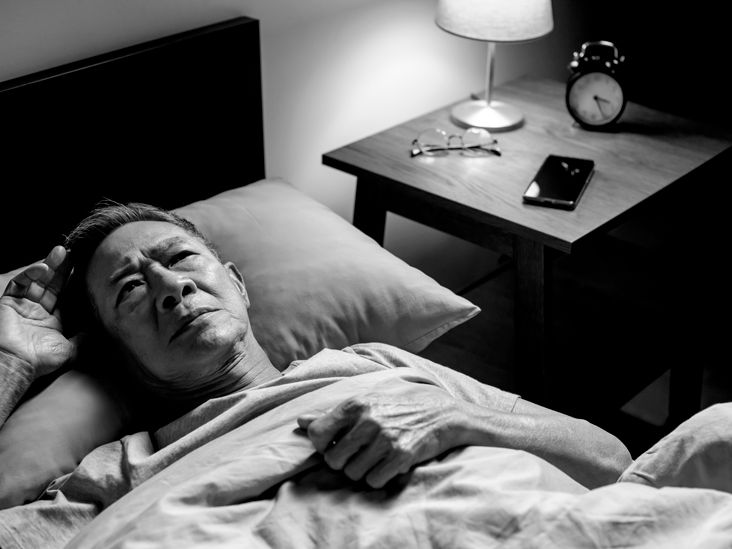
**Females Sleep Less and Differently Than Males: A Pioneering Study on Biological Sleep Variations**
A recent study published in *Scientific Reports* illuminates a vital yet frequently ignored subject within sleep science: the pronounced differences in sleep behaviors between females and males. Conducted by investigators at the University of Colorado Boulder, this research indicates that female mice not only sleep on average for a shorter duration but also undergo more brief, interrupted episodes of rest and diminished restorative benefits during sleep. These discoveries hold significant implications for comprehending human sleep and for validating the precision and efficacy of biomedical research.
### **Grasping the Sleep Disparity**
The researchers unveiled that female mice, on average, slumber an hour less daily compared to their male counterparts. This divergence is predominantly apparent during non-rapid eye movement (NREM) sleep, the sleep phase most essential for physical and cellular restoration. Rachel Rowe, an assistant professor of integrative physiology and lead author of the study, elaborates that this observed difference likely arises from evolutionary adaptations, with female mice becoming more attuned to environmental fluctuations.
“In humans, men and women display unique sleep patterns, often linked to lifestyle elements like caregiving duties or societal expectations,” Rowe remarked. “Nevertheless, our findings imply that the biological elements propelling sex-based distinctions in sleep are more fundamental and widespread than previously recognized.”
These revelations are crucial, especially when linked to broader discussions on human health. Poor sleep quality has been associated with various health problems, ranging from decreased immune response to heightened risks of cardiovascular diseases and mental health disorders. The study prompts vital inquiries about whether similar unnoticed biological distinctions might be affecting sleep in both genders—and if specialized strategies should be developed to tackle this difference.
### **Gender Bias in Biomedical Sleep Research**
One of the most significant issues brought to light by the study is the ongoing gender bias in biomedical research. While mice are a key model for investigating human physiology and evaluating medical interventions, the historical underrepresentation of female animals in studies has distorted results.
“Including both sexes is not merely about equity—it’s about precision,” Rowe asserted. “When female animals are disregarded, research runs the risk of yielding treatments that are less effective or even detrimental to half the population.”
One illustration of this bias can be seen in drug development. Medications that may perform well in males but fail in females—or the other way around—can mislead researchers, prolonging the already-extended timeline for translating findings from animal experiments to human applications. The National Institutes of Health (NIH) enacted a policy in 2016 mandating that sex differences be monitored and considered in preclinical research proposals. While this was a crucial step toward addressing systemic neglect, the new study highlights the vast amount of work still needed to achieve comprehensive research standards.
### **Consequences Beyond the Laboratory**
Despite the growing recognition of sex differences in health, the University of Colorado Boulder study stands out as one of the first to systematically measure sleep disparities between male and female mice. These findings hold wide-ranging implications, from designing more accurate clinical trials to promoting gender-balanced research methodologies in areas spanning neuroscience to pharmacology.
“The unexpected aspect isn’t that male and female mice exhibit differing sleep patterns,” Rowe emphasized. “It’s that such a vital variable has been largely ignored until now.”
These outcomes highlight the necessity of analyzing data for males and females separately—and not as a combined average—while conducting research. By creating studies with increased inclusivity and rigor, researchers can uncover subtle biological patterns, enhance contemporary treatments, and formulate focused interventions that cater to a diverse patient population.
### **Message for the Audience**
The findings serve as a crucial reminder—not just for researchers but for society at large. As sleep remains one of the cornerstones of physical and mental well-being, understanding and addressing sex-based disparities can pave the way for improved solutions for all. Furthermore, the study encourages a reassessment of biases entrenched in biomedical practices, emphasizing the importance of heightened inclusivity at all phases of research.
Regrettably, the tendency to generalize male-centric findings to females has likely stalled advancements for numerous treatments. For instance, prevalent sleep medications and therapies could be less effective—or even unsuitable—for women. A sex-sensitive approach, conversely, could foster better results for all.
### **Essential Terms to Understand**
– **Non-Rapid Eye Movement (NREM) Sleep**: The deep, restorative stage of sleep vital for tissue repair, memory consolidation, and immune function support.
– **Polyphasic Sleep**: A sleep pattern defined by multiple brief periods of sleep interspersed with wakefulness, frequently seen in species such as mice.
– **Piezoelectric Sensors**: Sophisticated devices utilized to assess physical motion, including the subtle movements of mice during slumber, by measuring changes in electrical charge.
– **Gender Bias**: The inclination to underrepresent or overlook one gender, resulting in missed insights or ineffective treatments in scientific exploration.
– **Translational Research**: Research crafted to facilitate the transition of discoveries from laboratory settings into practical applications, such as